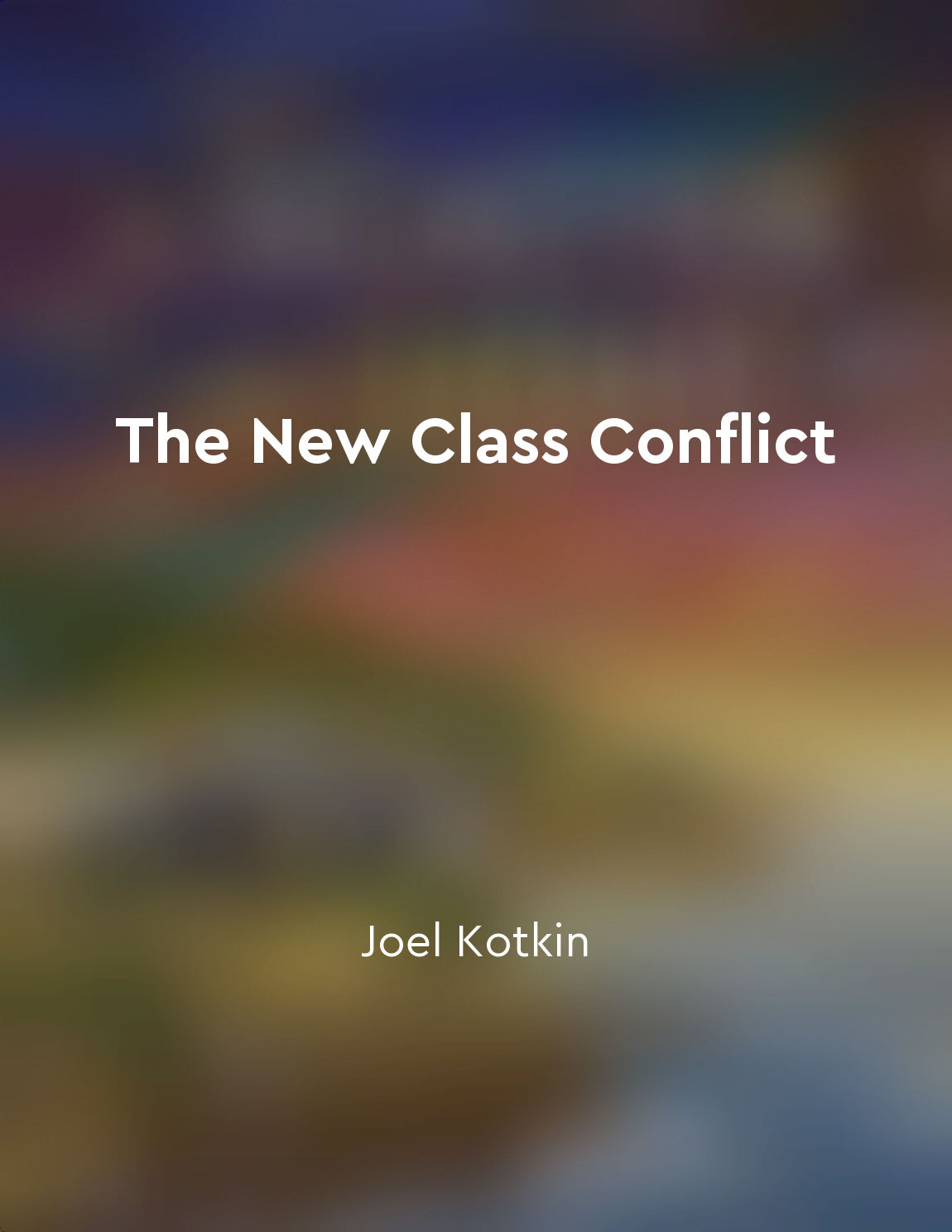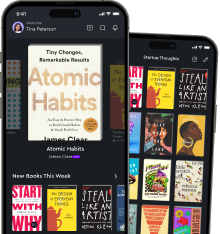Audio available in app
The digital divide highlights the disparities in access to communication technologies from "summary" of PODER DA COMUNICAÇAO, O by MANUEL CASTELLS
The digital divide is a striking illustration of the unequal distribution of communication technologies. This divide is not just about having access to the internet or a smartphone; it is about the power dynamics that come with these technologies. Those who are left behind in terms of access are also left out of crucial networks of information and communication that shape our modern society. This exclusion reinforces existing inequalities and creates new forms of disadvantage for those on the wrong side of the divide. The disparities in access to communication technologies are not just about physical infrastructure or economic resources. They are also about the social and cultural barriers that prevent certain groups from fully engaging with these technologies. For example, people in rural areas may lack the necessary infrastructure to access high-speed internet, while older adults may struggle to navigate complex digital interfaces. These barriers can further marginalize already vulnerable populations and deepen existing social divisions. Moreover, the digital divide is not just a problem of access; it is also a problem of literacy. People who are unfamiliar with digital technologies may not know how to use them effectively or safely. This lack of digital literacy can limit their ability to participate in online communities, access important information, or take advantage of new economic opportunities. As a result, those who are already disadvantaged in other areas of life are further marginalized by their lack of digital skills. In summary, the digital divide is a multifaceted problem that goes beyond mere access to communication technologies. It highlights the structural inequalities that underlie our digital society and the ways in which these inequalities are perpetuated through unequal access to information and communication. Addressing the digital divide requires not just expanding access to technology, but also building digital literacy and dismantling social barriers that prevent certain groups from fully participating in the digital world.Similar Posts

Influence of cultural values on class distinctions
Cultural values play a significant role in shaping class distinctions in society. These values are deeply ingrained in individu...
Inequalities can vary
The idea that inequalities can vary may appear obvious, almost tautological: after all, if something can vary, it means that it...

